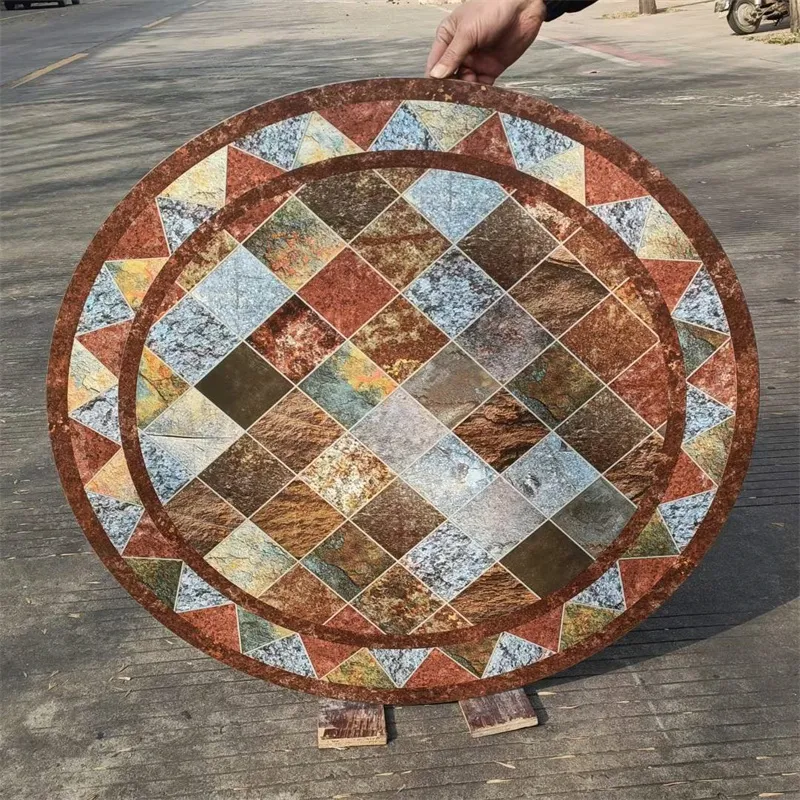Nov . 11, 2024 01:54 Back to list
Clear Float Glass Manufacturing Standards in China and Its Applications
Understanding Clear Float Glass An Essential Material in Modern Construction
Clear float glass, a staple in the realm of construction and design, plays a pivotal role in modern architecture and functional applications. This article delves into the properties, manufacturing process, advantages, and diverse uses of clear float glass, shedding light on why it is an essential material in today's world.
What is Clear Float Glass?
Clear float glass is produced through the float glass process, where molten glass is poured onto a bed of molten tin. The glass spreads out, creating a uniform thickness while allowing for a smooth, flat surface. This method results in fantastic quality glass that is virtually free of imperfections and bubbles, known for its clarity and transparency. The finished product has great optical clarity, making it ideal for a variety of applications.
Manufacturing Process
The production of clear float glass begins with raw materials, primarily silica sand, soda ash, and limestone, which are mixed and heated to form molten glass at temperatures exceeding 1,600 degrees Celsius. Once melted, the mixture is carefully poured onto the surface of molten tin, where it floats and forms a continuous sheet. As it cools, the glass is cut into manageable sizes, annealed to relieve internal stresses, and checked for quality to ensure it meets industry standards.
Advantages of Clear Float Glass
1. Optical Clarity One of the primary advantages of clear float glass is its excellent optical clarity. It can transmit light without significant distortion, making it ideal for applications that require visibility, such as windows and display cases.
2. Durability Float glass is tough and resistant to scratches, making it an excellent choice for high-traffic areas. Its resistance to UV radiation also ensures it maintains its aesthetic appeal over time by minimizing fading or discoloration.
3. Versatility Clear float glass can be cut, polished, and treated to suit various applications. Whether used in commercial buildings, residential homes, or decorative items, its versatility makes it a preferred choice for architects and designers.
china clear float glass

4. Energy Efficiency With advancements in technology, clear float glass can be treated with low-emissivity (low-e) coatings to enhance its thermal performance. These coatings reflect infrared light while allowing visible light to pass through, helping to reduce energy costs in heating and cooling.
Applications of Clear Float Glass
The uses of clear float glass are extensive, impacting multiple industries
. Here are some common applications1. Architectural Windows In both residential and commercial buildings, clear float glass is commonly used for windows. Its clarity allows for natural light to flood interiors while maintaining visibility to the outside.
2. Facades Many modern buildings feature glass facades, showcasing the beauty of clear float glass. These facades not only provide aesthetic appeal but also allow for energy efficiency and thermal comfort.
3. Glass Doors Clear float glass is typically used in doors, providing transparency and a sense of openness. It is often selected for entrance doors, sliding doors, and interior partitions.
4. Furniture and Decor From tables to cabinet doors, clear float glass is often used in furniture design. Its sleek appearance complements various styles, enhancing both functionality and aesthetics.
5. Display Cases Retail environments frequently utilize clear float glass for display cases, allowing products to be viewed unobstructed while providing security.
Conclusion
Clear float glass is more than just a building material; it represents a perfect blend of functionality and beauty. Its clarity, durability, and versatility have made it a cornerstone in modern construction and design. As technology progresses, innovative treatments and uses for clear float glass are continually emerging, solidifying its role in sustainable and aesthetically pleasing environments. With its wide-ranging applications, clear float glass will undoubtedly remain a significant component in shaping the spaces we inhabit. Whether you are an architect, builder, or homeowner, understanding the benefits and uses of clear float glass can help make informed decisions for future projects.
-
Safety and Style with Premium Laminated Glass Solutions
NewsJun.24,2025
-
Reinvents Security with Premium Wired Glass
NewsJun.24,2025
-
Premium Float Glass Line for Modern Architecture
NewsJun.24,2025
-
Low Emissivity Glass for Energy-Efficient Architecture
NewsJun.24,2025
-
High-Performance Insulated Glass Solutions for Modern Architecture
NewsJun.24,2025
-
Elevates Interior Style with Premium Silver Mirror
NewsJun.24,2025
Related PRODUCTS













